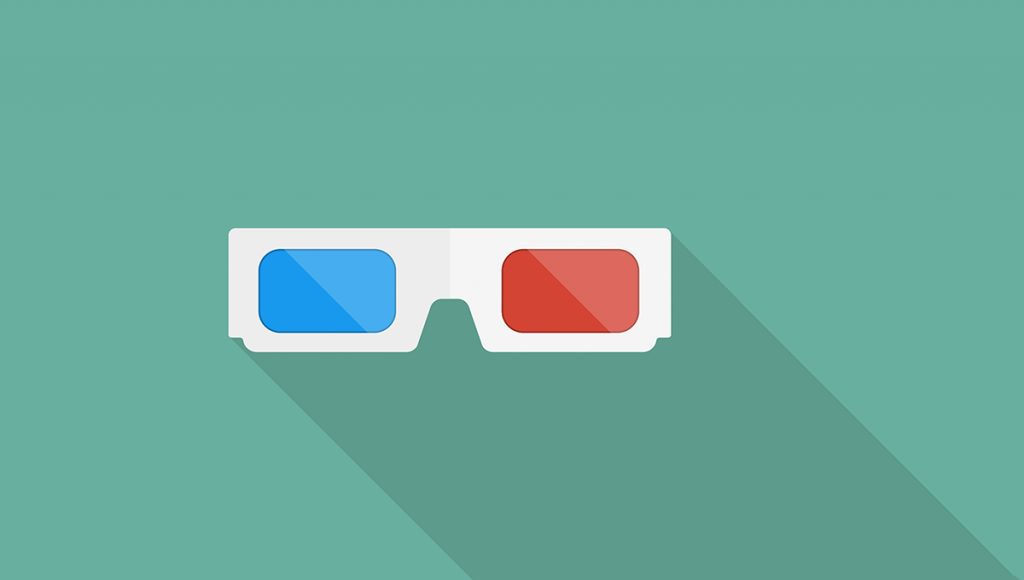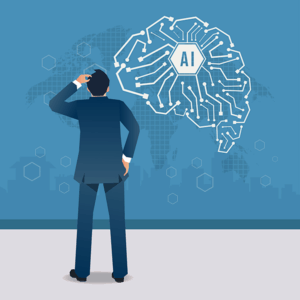[fusion_builder_container hundred_percent=”no” equal_height_columns=”no” menu_anchor=”” hide_on_mobile=”small-visibility,medium-visibility,large-visibility” class=”” id=”” background_color=”” background_image=”” background_position=”center center” background_repeat=”no-repeat” fade=”no” background_parallax=”none” parallax_speed=”0.3″ video_mp4=”” video_webm=”” video_ogv=”” video_url=”” video_aspect_ratio=”16:9″ video_loop=”yes” video_mute=”yes” overlay_color=”” video_preview_image=”” border_color=”” border_style=”solid” padding_top=”” padding_bottom=”” padding_left=”” padding_right=”” type=”legacy”][fusion_builder_row][fusion_builder_column type=”1_1″ layout=”1_1″ background_position=”left top” background_color=”” border_color=”” border_style=”solid” border_position=”all” spacing=”yes” background_image=”” background_repeat=”no-repeat” padding_top=”” padding_right=”” padding_bottom=”” padding_left=”” margin_top=”0px” margin_bottom=”0px” class=”” id=”” animation_type=”” animation_speed=”0.3″ animation_direction=”left” hide_on_mobile=”small-visibility,medium-visibility,large-visibility” center_content=”no” last=”true” min_height=”” hover_type=”none” link=”” border_sizes_top=”” border_sizes_bottom=”” border_sizes_left=”” border_sizes_right=”” first=”true” type=”1_1″][fusion_text columns=”” column_min_width=”” column_spacing=”” rule_style=”default” rule_size=”” rule_color=”” content_alignment_medium=”” content_alignment_small=”” content_alignment=”” hide_on_mobile=”small-visibility,medium-visibility,large-visibility” sticky_display=”normal,sticky” class=”” id=”” font_size=”” fusion_font_family_text_font=”” fusion_font_variant_text_font=”” line_height=”” letter_spacing=”” text_color=”” animation_type=”” animation_direction=”left” animation_speed=”0.3″ animation_offset=””]
So many decisions these days happen faster: people deciding, after years in a job or mere months, to leave. Organizations stopping and starting their return-to-office plans. Leaders pivoting business priorities based on everything from data to the latest conversation they had with an advisor.
The one constant in these decision-making processes is the presence of bias, or what scientists refer to as “a mental shortcut .“ Bias exists in every human brain as we make decisions; inherent bias is neither good nor bad, but biases play out in different ways across different organizations, and can create problems for the company. Individuals making decisions about their own careers are also subject to bias–which leads to a lot of biased decisions on micro and macro levels.
As companies and employees struggle with how to reposition work, it’s helpful to understand some of the key biases that could be holding them back from making clearer, more strategic, decisions. Here are five biases to be aware of:
Similarity Bias
We prefer what is like us over what is different
Humans are highly motivated to see themselves and those who are similar in a favorable light. That’s because we instinctively create “ingroups” and “outgroups” — boundaries between who we consider close to us and who lives on the margins. We generally have a favorable view of our ingroup but a skeptical (or negative) view of the outgroup. Even when you arbitrarily assign someone to a specific group—say, red team versus blue team—they tend to form a negative view of other groups.
Where similarity bias crops up the most in the workplace is in personnel decisions regarding hiring and promotions. Overcoming a similarity bias requires actively finding common ground with people who appear different. This is not easy in an increasingly-polarized world, but work can help, because you often collaborate with people from different backgrounds and experiences, which might not necessarily be true of your personal social sphere. Talking more to people, including those in other departments, can help you understand the needs and wants of others.
Expedience Bias
We prefer to act quickly rather than take time
Humans have a built-in need for certainty. A downside of that need is the tendency to rush to judgment without fully considering all the facts. This bias is a true mental shortcut: the brain defaults to quick, energy-efficient, intuitive systems, as Daniel Kahneman discusses in Thinking, Fast and Slow, to make decisions.
But sometimes these decisions should be based on objective, not-as-easy-to-access information. With hybrid versus remote work, for example, companies feared doing the “wrong thing,” so some of them waited on rivals or industry leaders to make a call, and then followed suit. A better scenario would’ve been to talk to employees, think about the best cost position for the business, and what the organization wants to look like in five to 10 years from a talent perspective.
Experience Bias
We take our perception to be the objective truth
Experience bias occurs when we fail to remember that not everyone views the world in the same way. Our brains are designed to perceive our immediate environment as a true representation, sometimes referred to as “naive realism.” While this allows us to recognize an incredible sunset outside of our window, it also leads us to assume our view of a given problem or situation constitutes the whole truth.
With future of work decisions, experience bias is in full force. Executives, who may have larger homes with dedicated workspaces and access to child care, for example, may not consider that younger employees could lack both. To overcome this bias, it’s crucial to build in flexibility and autonomy for employees to make their own decisions, so long as the core work gets done.
Distance Bias
We prefer what’s closer over what’s farther away
A primary driver for many of our decisions, distance bias reflects our instinct to prioritize what is nearby. This bias often emerges in meetings, for example, when folks in the room fail to gather input from their remote colleagues dialing in.
One way to mitigate distance bias is the idea of “One virtual, all virtual”: if you have even one person who works remotely, you can design meetings and overall corporate culture around everyone being virtual. Even when you have a few people in the same location for a meeting, they can join the call virtually, in different rooms, to create a similar effect.
Safety Bias
We protect against loss more than we seek out gains
Safety bias refers to the tendency to avoid loss. Many studies have shown that we prefer not to lose money even more than we’d prefer to earn it. In fact, recent neuroimaging studies confirm the brain is more sensitive to potential monetary losses than potential gains. Simply put, any sense of bad in our minds is stronger than good.
Safety biases hinder decision-making and hold back healthy forms of exploring risk. One way we can mitigate the bias is by getting some distance between us and the decision—such as imagining a past self already having made the choice successfully—to weaken the perception of loss.
[/fusion_text][/fusion_builder_column][/fusion_builder_row][/fusion_builder_container]






